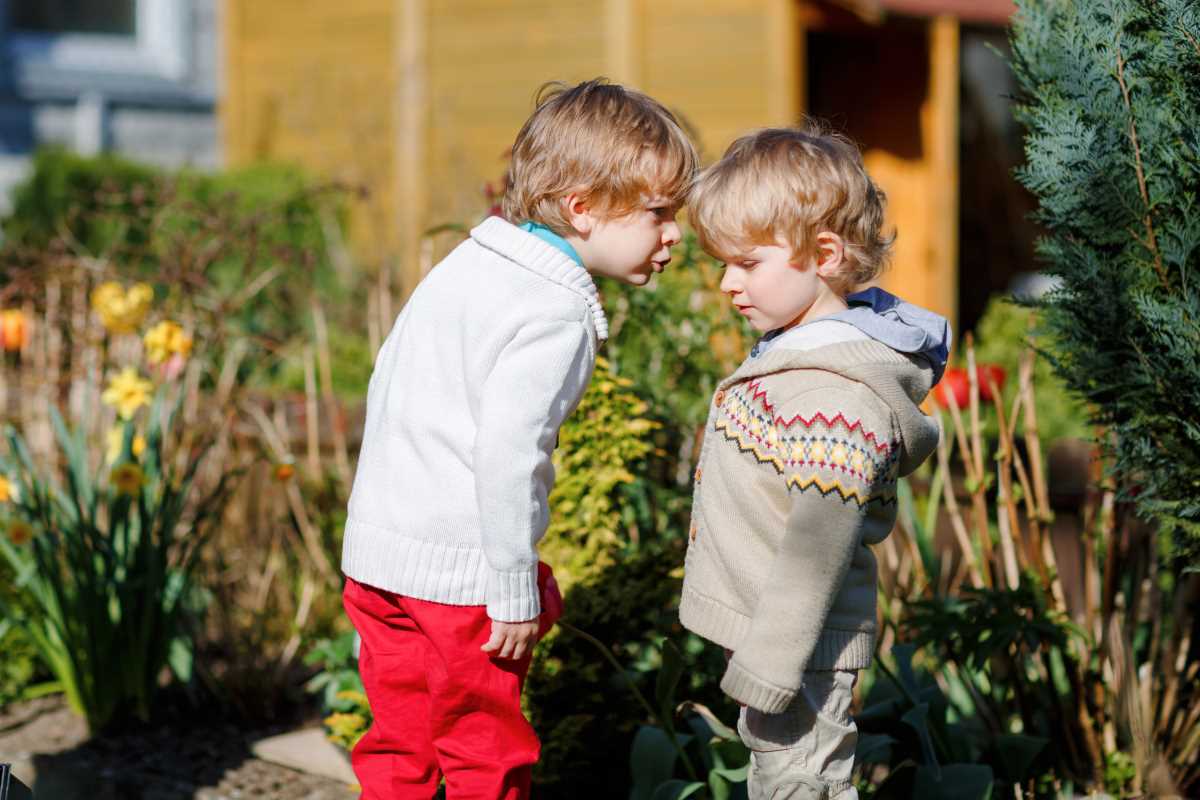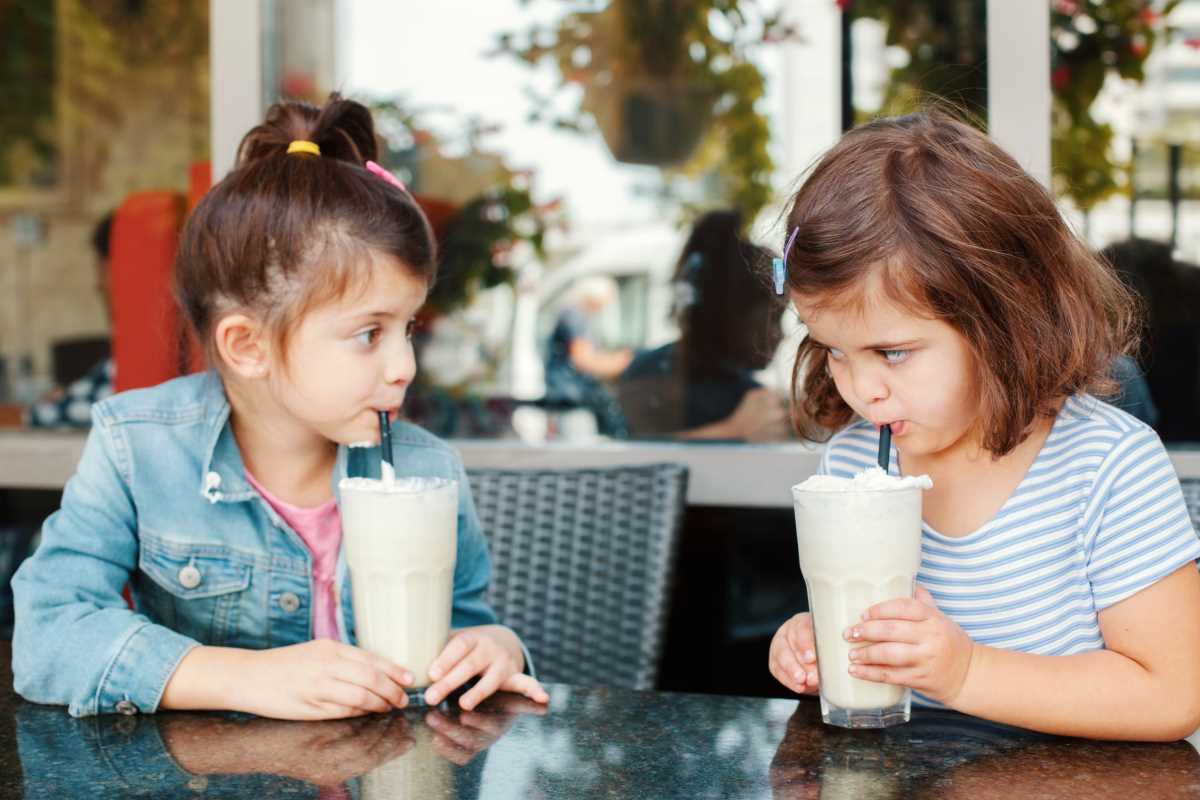Families create lasting memories through the stories they share, the meals they prepare, and the celebrations that fill their calendars. By including traditions and favorite recipes in everyday routines, parents help children discover their roots in a natural and meaningful way. Teaching a child a dance from their heritage or asking them to help prepare ingredients for a beloved family meal encourages curiosity about the past. These shared experiences connect generations, making every day an opportunity to celebrate culture and togetherness. Simple activities, such as storytelling or preparing a traditional dish, can turn ordinary moments into cherished family memories.
Children remember the warmth of time spent together more than any gadget or screen. By designing small rituals—like sharing a favorite proverb at dinner or listening to melodies from your homeland—you anchor cultural roots in everyday routines. You also guide youngsters toward an appreciation for diversity, both within your family and in the broader world.
Understanding Cultural Heritage
Cultural heritage extends beyond heirlooms and holiday feasts. It includes the songs that soothed your own childhood, the recipes passed down through careful scribbles in a notebook, and the customs that once marked coming-of-age ceremonies. Grasping this full picture helps you decide which elements will resonate most with your kids today.
Start by gathering stories from grandparents, aunts, and uncles. Ask them about their favorite childhood game, the scent that reminds them of home, or mysterious tales they once whispered around a fire. When you document these recollections in writing or recordings, you build a treasure trove of content you can revisit and share.
Planning Family Activities
After collecting those stories and recipes, brainstorm creative ways to include them in shared activities. Here are some hands-on ideas that involve everyone:
- World Music Night: Let each family member choose a song from your cultural lineage, prepare a dance or percussion demonstration.
- Heritage Cooking Class: Turn a weekend afternoon into a mini kitchen workshop by teaching kids how to prepare a signature dish, complete with local spices and lore.
- Story Quilt Project: Assign every person one fabric square to decorate with symbols or images representing a family anecdote, then stitch the pieces together.
- Language Snack Time: Pair small bites—like dumplings, cookies, or tapas—with a few new phrases in your ancestral tongue.
Rotating these activities ensures everyone takes an active role. Children become enthusiastic about exploring family roots while parents provide guidance and context, turning simple pastimes into memorable learning experiences.
Embedding Traditions into Daily Routines
You don’t need grand ceremonies for rituals to feel meaningful. Consistency helps them stick and makes it clear that heritage is part of your family’s ongoing story. Use these steps to weave traditions into your morning, afternoon, or evening routines:
- Morning Blessing: Invite kids to share one phrase or proverb in your ancestral language before leaving the house.
- Midday Snack Ritual: Involve children in preparing a small treat once a week, explaining its cultural significance as they chop or mix.
- After-Dinner Reflection: Spend five minutes discussing highlights of the day alongside a folk tale sourced from family history.
- Weekend Craft Hour: Dedicate one afternoon to making simple decorations—paper lanterns, beaded bracelets, or painted gourds—for an upcoming holiday.
Following these steps allows traditions to develop and evolve. As you repeat each ritual, you see how kids personalize practices and build deeper connections to the stories you share.
Sharing Stories and Rituals
Nothing connects with children quite like the magic of a well-told tale or the symbolism behind a ritual. Set aside an evening each month for a storytelling circle, inviting grandparents or older siblings to recount family legends. You might also host a “Ritual Swap,” where you invite friends or neighbors to share a meaningful custom from their own background.
To deepen the experience, create a reading nook filled with books that explore related themes or folk narratives.
Creating a Cultural Space at Home
A dedicated area for displaying artifacts and reminders of your heritage turns abstract ideas into tangible connections. Choose a corner, shelf, or mantel where items attract attention without overcrowding the space. Rotate displays to reflect seasonal celebrations or new stories you’ve gathered.
Encourage kids to curate their own mini-exhibits: a shelf for handcrafted toys, a board showing photo collages of family events, or a container of spices labeled in your ancestral language. This hands-on involvement helps them take ownership of their heritage.
- Textiles and Fabrics: Hang a traditional textile or shawl that catches the eye and sparks questions.
- Photographs and Postcards: Frame images of relatives or iconic landmarks, complete with captions explaining their significance.
- Interactive Trinkets: Display musical instruments, small sculptures, or handmade jewelry within reach for supervised exploration.
- Recipe Box: Store handwritten cards for family dishes, allowing children to choose one each week for a cooking session.
By shaping a warm, welcoming environment, you make culture a visible, living part of everyday life. This space reminds everyone that heritage thrives in shared laughter, curious questions, and the simple act of stopping to remember.
Incorporate your cultural heritage into everyday life with simple rituals and conversations. Children carry these lessons forward, strengthening your family’s legacy for future generations.
 (Image via
(Image via





